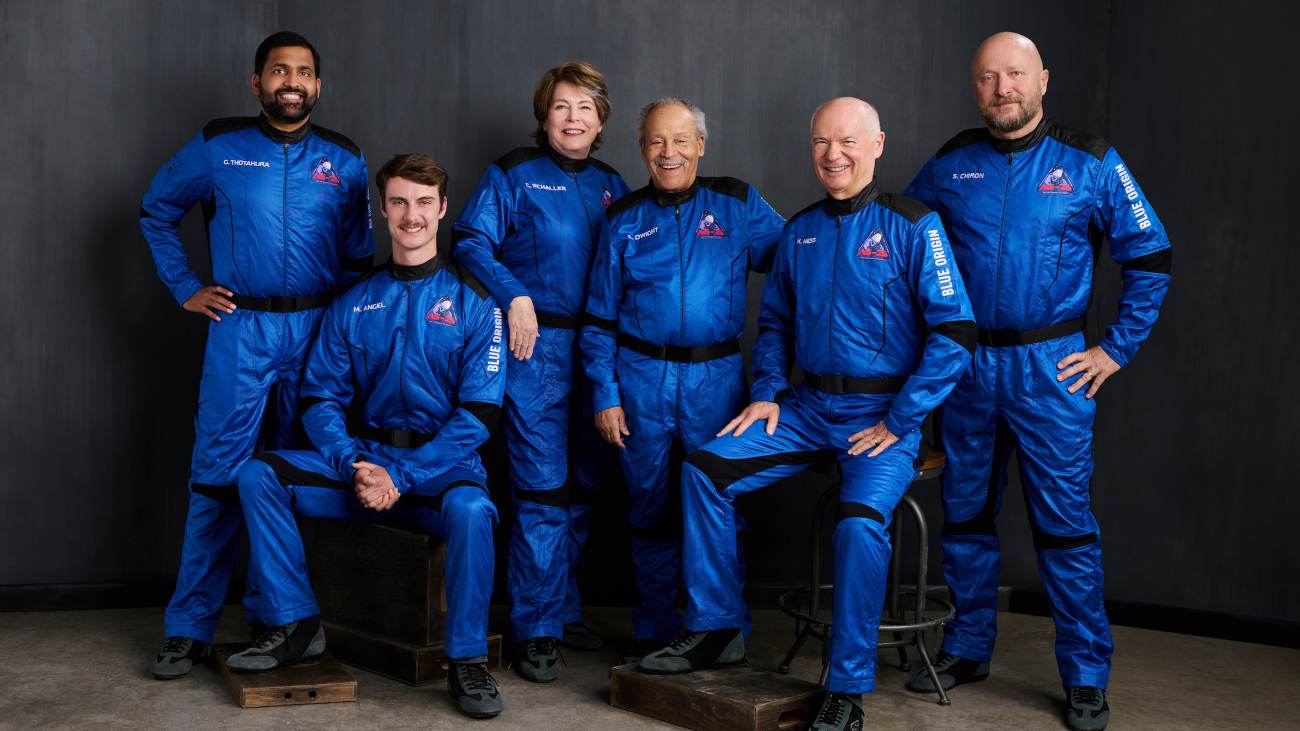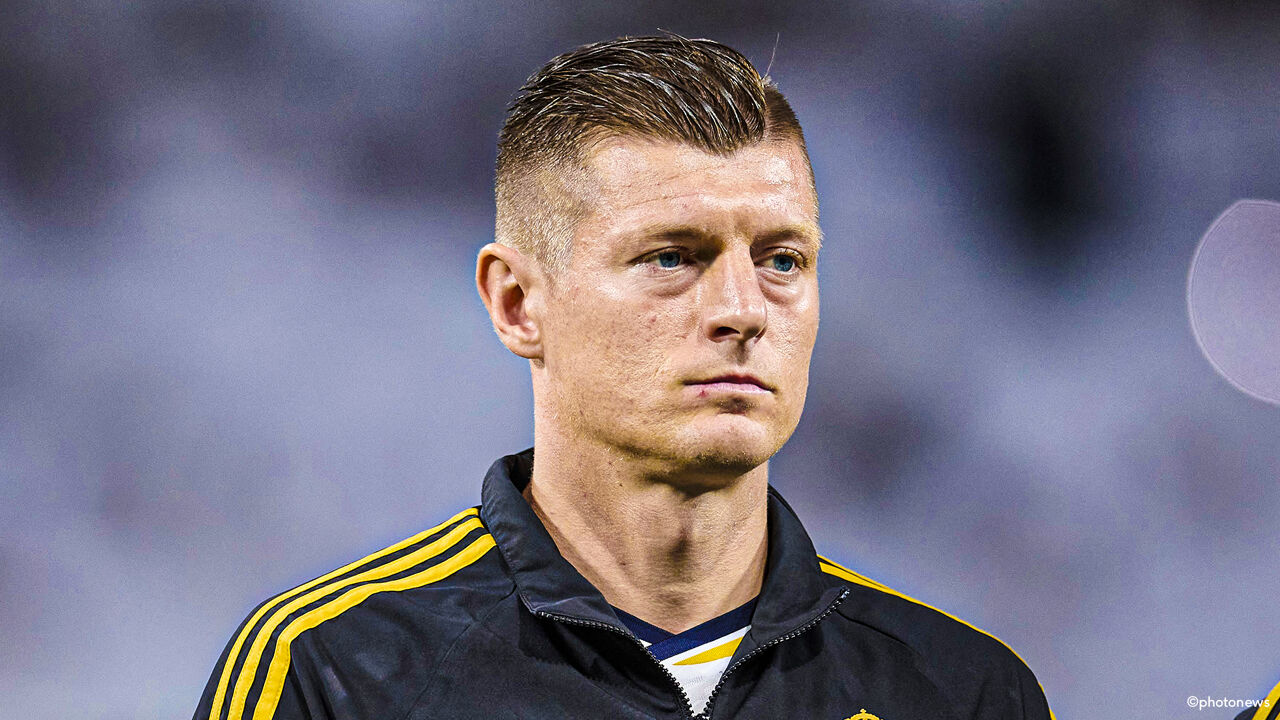Thawing permafrost remains a mystery in terms of its impact on climate. What comes from below and how much carbon dioxide and methane is released? Researchers report this week nature The results are somewhat alarming.
Ground carbon dioxide emissions are more sensitive to global warming in areas where permafrost has collapsed than in areas where it has not. There have been concerns about permafrost for a long time. Rising temperatures are causing rapid melting in Siberia and North America, where most of the permafrost is located. Something called thermokarst exists in about 20 percent of northern permafrost areas. This is a very sudden and rapid thaw that causes the permafrost to more or less collapse. Unfortunately, about half of the carbon found underground is stored in northern permafrost. Sudden thawing can have all kinds of consequences on the Earth's surface and lead to sudden changes in the soil and the associated carbon cycle in the ecosystem.
5.5 times more than carbon dioxide
It is certain that thermokarst and non-thermokarst are simultaneously and equally vulnerable to global warming. However, what has never been examined is whether there is a difference in the consequences of storing CO2 in these two landforms. That's why Chinese scientists investigated what happens to carbon dioxide in thermokarst. To this end, they simultaneously conducted experiments on thermal karst and non-thermal karst. The conclusion is alarming: Rising temperatures release 5.5 times more carbon dioxide from the ground in a thermokarst zone than from the surrounding natural permafrost.
What is thermokarst?
Thermokarst or cryokarst is land that forms when Arctic permafrost thaws rapidly. This creates a very irregular landscape with small hills, swamps and holes (see photo above). Thaw lakes also form that thaw the surrounding frozen ground faster, releasing methane and carbon dioxide. It leads to a so-called negative feedback loop, which causes the Earth's temperature to rise faster.
The researchers then looked at thirty potential causes for the effects on carbon dioxide emissions. They found that the greater response to global warming is mainly due to the lower quality of the soil substrate (the part where plants grow) and the greater amount of soil microbes that decompose organic matter in the soil affected by the climate change.
By conducting research at six other sites, the soil researchers also discovered that thermal karst formation significantly increases the sensitivity of carbon dioxide emissions to increasing temperature, further evidence of soil's stronger carbon dioxide response to global warming.
Worse than expected
Professor Yang Yuanhe calculates that if you extrapolate the CO2 emissions response to all thermal karsts in the Northern Hemisphere, an additional 0.4 gigatonnes of carbon would be released annually. “This represents a quarter of the expected loss of carbon in permafrost by the end of the 21st century,” Yang said.
Thus, this study provides clear evidence that warming is releasing much more carbon from permafrost than previously calculated, which is a result of thermokarst formation. The results could therefore help better understand the impact of permafrost loss on global warming.
It's all about permafrost
Permafrost, literally frozen ground, covers at least 20 percent of the Earth's surface. In winter, the ground freezes to a depth of several meters, and only in summer does the upper layer thaw, where some plants are still able to grow. The thickness of this layer ranges from 60 to 360 cm at most. The thickness of the permafrost itself can reach tens of metres. More than 400 meters have been measured in Alaska.
Scientists are closely monitoring permafrost because it stores four times the amount of carbon that humans emit so far. Because precise data has only been collected since 1970 on what happens when things melt, it's still not entirely clear how much this will affect global warming and the amount of methane and carbon dioxide emitted by the Earth. There are studies that suggest that the impact may be much greater than thought, for example because little attention has been paid to the role of soil microbes, which wake up in response to rising temperatures and decompose organic matter that had been lurking in the soil. Store them frozen for years. This releases carbon dioxide and methane, as we wrote previously.

“Total coffee specialist. Hardcore reader. Incurable music scholar. Web guru. Freelance troublemaker. Problem solver. Travel trailblazer.”







More Stories
Ed Dwight breaks the record for the largest human in space
How do you approach exercise with Crohn’s disease?
Give young people space in the church comment